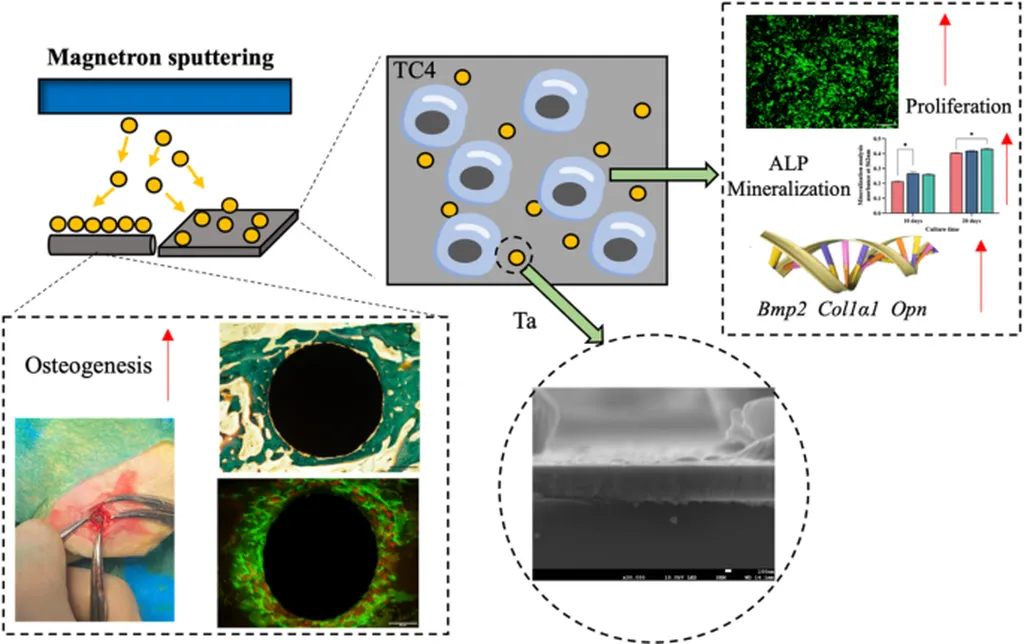In a groundbreaking study published in *Cailiao gongcheng* (translated as *Materials Engineering*), researchers have uncovered a significant correlation between shrinkage porosity and aluminum-rich defects in TC4 titanium alloys, a material widely used in the energy sector. The findings, led by LIU Peng of Western Superconducting Technologies Co., Ltd. in Xi’an, China, shed new light on the challenges of producing high-quality titanium alloys, which are critical for applications in aerospace, energy, and other high-performance industries.
The study focused on the relationship between ingot shrinkage and Al-rich defects, using prefabricated shrinkage, forging, and stamping deformation techniques. The results revealed that Al-rich segregation defects in bars exhibit distinct characteristics under microscopic examination. “At low magnification, we observed dark banding, while at high magnification, the optical microscope showed a dense α phase characteristic in the defect areas,” explained LIU Peng. The content of the α phase in these defect areas was found to be 88.26%, significantly higher than the 47.23% observed in normal areas.
One of the most striking findings was the enrichment of aluminum in the defect areas. Energy spectrum analysis showed that the average content of aluminum was as high as 9.58%, compared to just 5.86% in normal regions. This enrichment was also accompanied by higher microhardness, with an average of 401.33HV in defect areas versus 304.33HV in normal regions. The study further revealed that the top surface of the shrinkage cavity in the ingot showed the most significant enrichment of aluminum, with an average content of 9.59%, compared to 5.33% in the bottom surface.
The implications of these findings are substantial for the energy sector, where TC4 titanium alloys are used in critical components such as turbine blades and other high-performance parts. Understanding the correlation between shrinkage porosity and Al-rich defects can help manufacturers improve the quality and reliability of these components, ultimately enhancing the efficiency and safety of energy systems.
“This research provides a deeper understanding of the mechanisms behind Al-rich defects in TC4 titanium alloys,” said LIU Peng. “By identifying the hereditary nature of aluminum enrichment in shrinkage cavities, we can develop more effective strategies for preventing these defects and improving the overall quality of the material.”
The study, published in *Cailiao gongcheng*, offers valuable insights that could shape future developments in the field of materials science and engineering. As the energy sector continues to demand higher performance and reliability from its components, research like this will be crucial in driving innovation and ensuring the safe and efficient operation of critical infrastructure.

